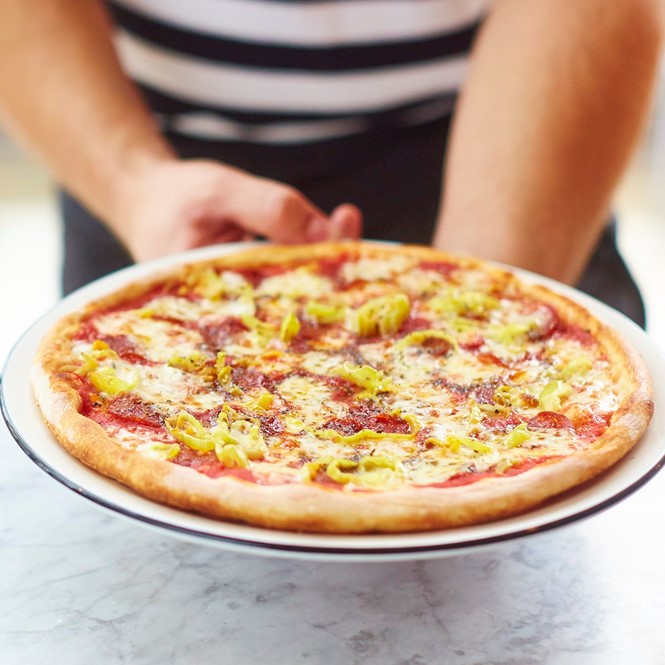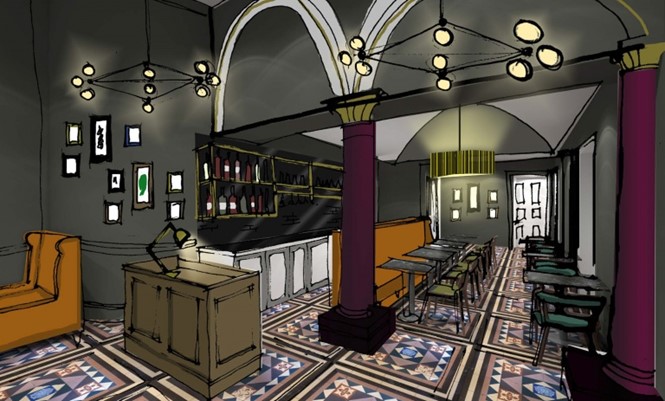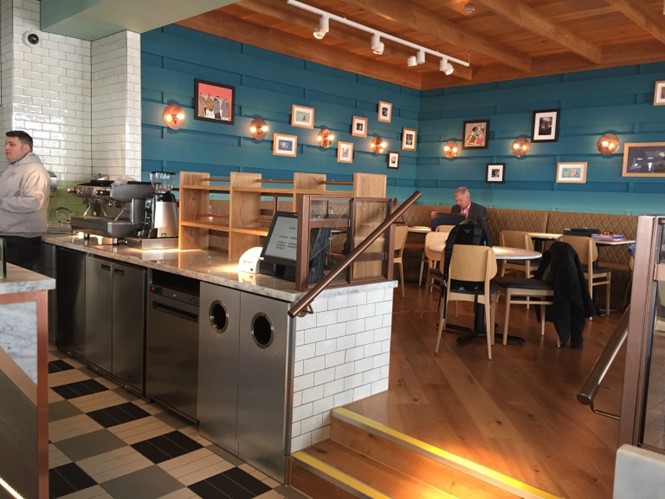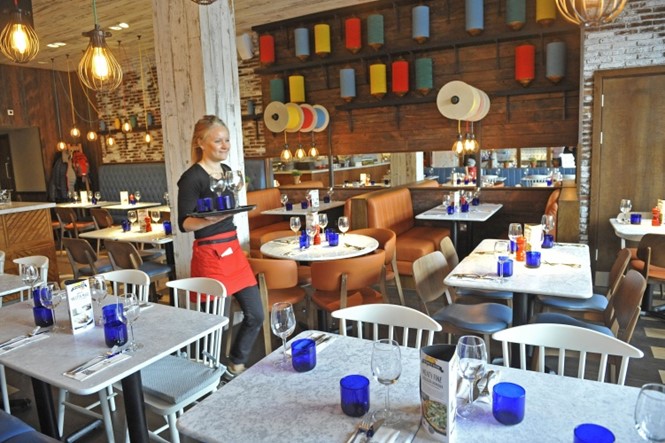Catering to the cosmopolitan
What is today recognised as pizza is widely regarded to have emerged during the 17th and 18th centuries, in the southern Italian city of Naples. Sold in the street by vendors, this early version of pizza was considered a preserve of the poor, with no specific recipe. Yet, its popularity grew. Later globalisation and migration, particularly following the second world war, helped secure the humble pizza as a diet staple across the western world.
So high became the acceptance of pizza, pasta and Italian food in general, that restaurants offering this speciality came to dominate restaurant cuisine across Europe. The UK in particular took on an affinity with Mediterranean cuisine. Chain restaurants such as Pizza Express became the norm along high streets, after the first branch opened in 1965 in Soho, on Wardour Street, London. And, 400 branches later, the chain is as popular as ever with UK patrons.
Yet the need for a visual refresh of its interior became apparent. For Pizza Express to maintain its credentials as providers of high-quality Italian food, its arguably dated interiors required overhaul. Modern design cues were needed to attract a new generation of consumers in the face of increased competition from more ‘artisanal’ pizzerias and Italian food outlets.
In a collaboration between the Pizza Express in-house design team and three agencies – Creed, Fusion and Quadrant – four new restaurant interior concepts have been developed. All aim to give the pizza chain a new lease of life. Speaking to DesignWeek, head of design at Pizza Express, Rob Weller, says, “We’re aware of what’s going on around us, especially in urban, trendy areas such as in London. We’re putting features in to reflect this, and we’re saying we can stand shoulder-to-shoulder with brands like Franco Manca – and that our pizzas are better.”
Increasing UK interest in high-quality cuisine, particularly in cosmopolitan hubs, has seen the rise of vendors and eateries offering high-quality ingredients in independent or highly-designed settings.
Pop-up food joints and markets with craft food present an alternative to what some see as tired high street chains.
Despite the competition, however, the restaurant remains popular, particularly with tourists and young families; perhaps Pizza Express became complacent.
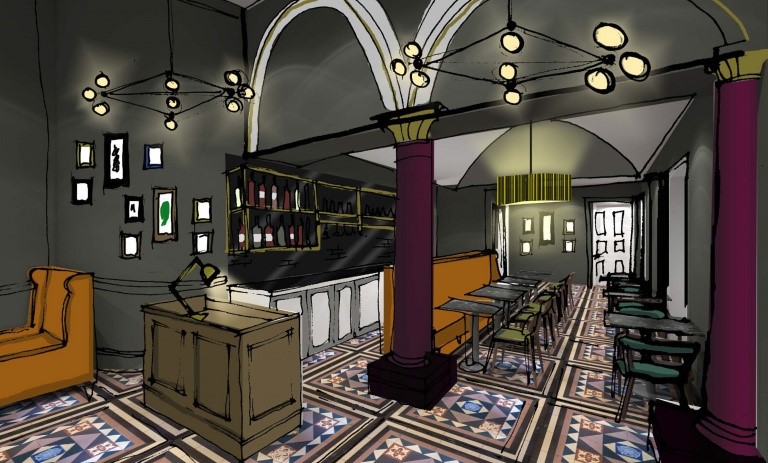
“Some of the restaurants’ interior environments looked old and worn out because they hadn’t been invested in,” Weller continues. “They had gone 10 years without a lick of paint. This was about bringing the brand back to life, and putting it back on the high street so customers can see we’re in the running again.”
Need to attract a more diverse clientele is, in part, behind the design rationale developed in the collaboration. ‘High street’, ‘heritage’, ‘urban’ and ‘retail’ are the four new design styles, developed to attract demographics in different areas. The bright colours and more classically ‘Pizza Express’ style used in the ‘retail’ iteration, for example, aims to attract families in shopping centres.
Its ‘heritage’ style, which resonates with a Victorian aesthetic, is applied to quieter restaurants situated in listed or historical buildings. On its website, Creed Design Associates says, "Some design features, such as the patterned tiled floor, take direct reference from original architectural details. The building’s former use as an auction house provided an exciting starting point for the restaurant’s artwork that includes playful oil paintings depicting imaginary auction lots."
For the Pizza Express situated in Glossop, Derbyshire, its cotton milling town heritage inspired the cotton-based decor and industrial aesthetic with which the restaurant is decorated. While its overall design fits in the 'retail' theme, retaining certain aspects of its original use provides the restaurant with a feel dissimilar to that of other Pizza Express outlets.
Currently, two restaurants are being transformed each week. Around 50 are expected to be complete each year, with 15 new branches opening. While not a rebrand in the classic sense – the logos and restaurant traits will remain the same – its interior refresh indicates Pizza Express is a brand willing to adapt in a challenging and competitive environment.

